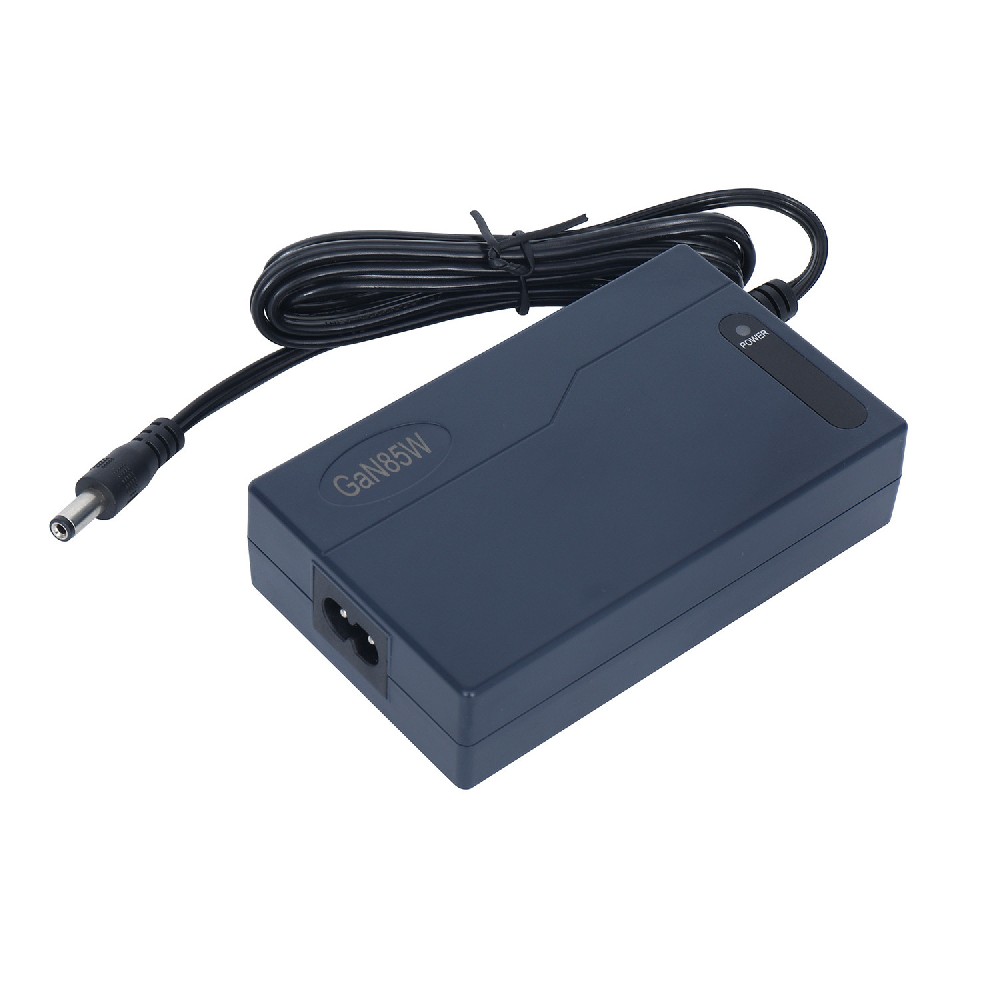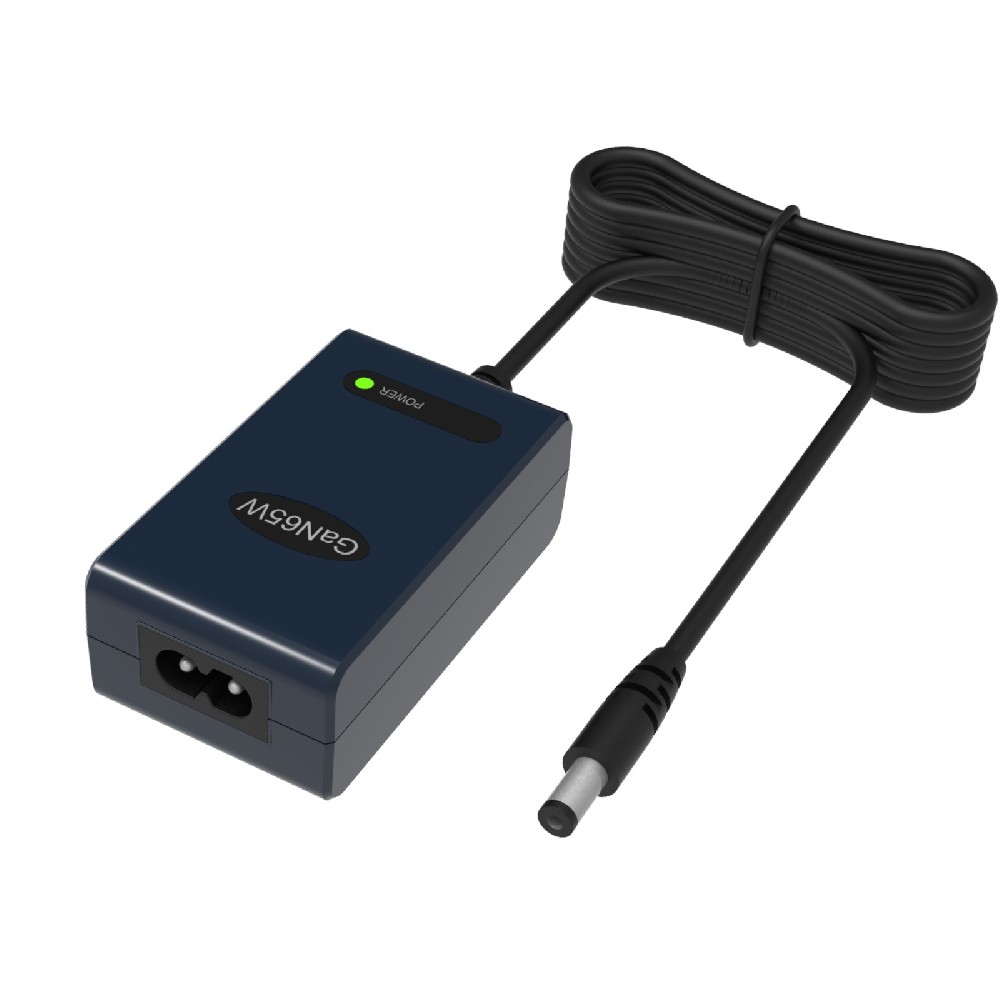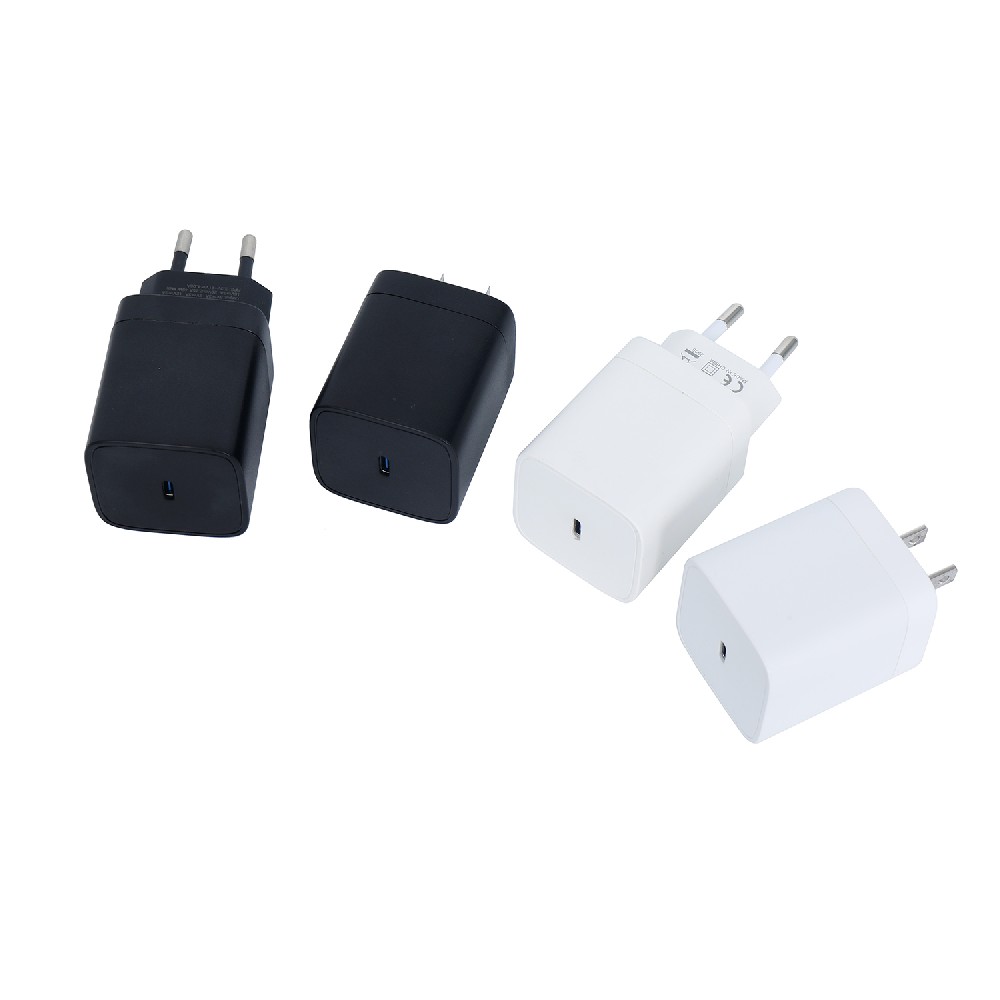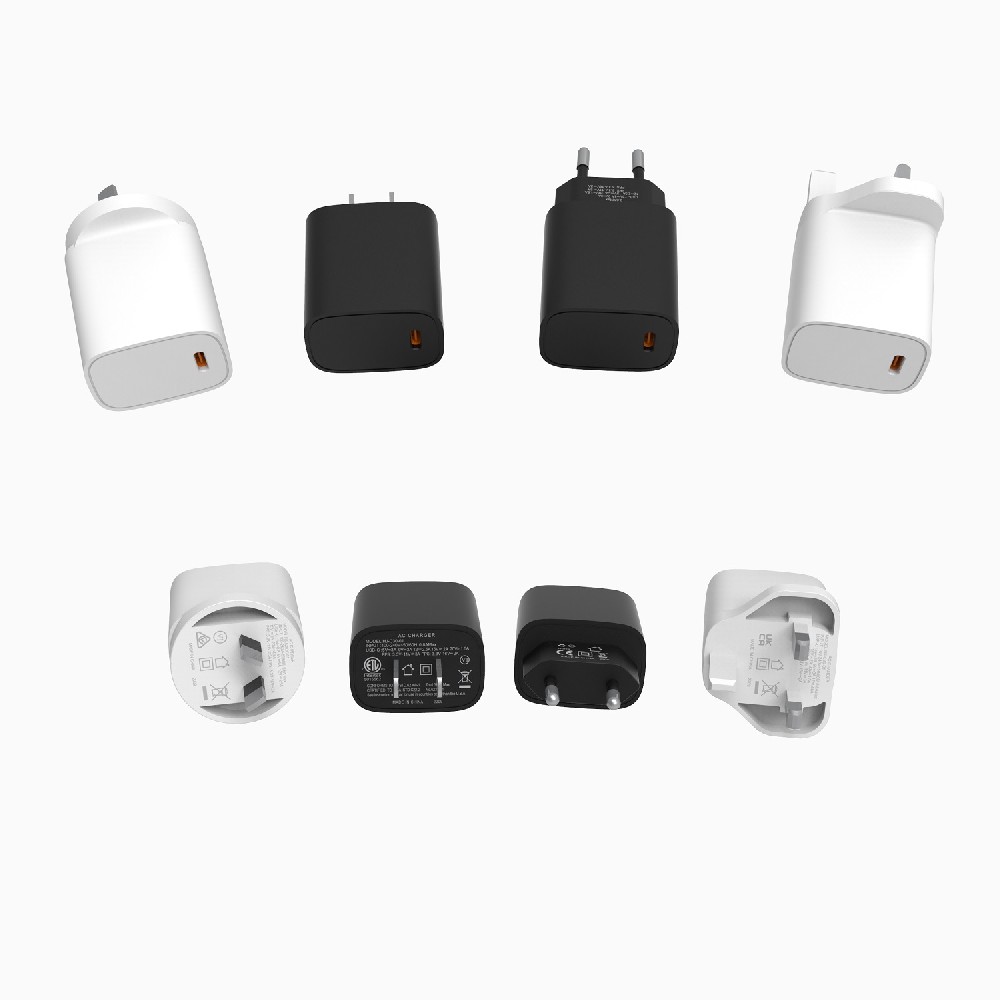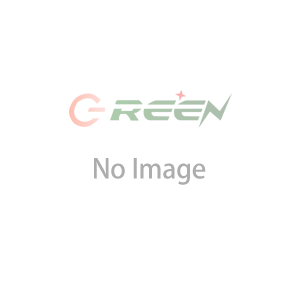Information Center
There are several design methods for printer power adapters, how to customize the printer power adapters?
Published:2025-05-28 15:40:03 Author:admin Views:55I. Common Design Types of Power Adapters
-
External Independent Type (Most Common)
-
Design: A standalone adapter (e.g., "black brick") connected to the printer via a DC cable, with the other end plugged into an AC outlet.
-
Advantages: Easy replacement, low cost, and compatibility across devices.
-
Disadvantages: Occupies outlet space and adds cable clutter.
-
Built-in Integrated Type (Premium/Professional Equipment)
-
Design: Power module directly integrated inside the printer, powered via a standard power cord.
-
Advantages: Sleek appearance, space-saving, ideal for fixed installations.
-
Disadvantages: Requires disassembly for repairs and lacks cross-device adaptability.
-
Detachable Type (Portable Devices)
-
Design: Adapter connects to the printer via detachable interfaces (e.g., magnetic or snap-on) for portability.
-
Typical Use Cases: Portable printers, mobile office equipment.
-
Modular Design (Customization Needs)
-
Design: Adapter separates from the printer body but supports interchangeable modules for varying power/voltage requirements.
-
Advantages: Flexible adaptation to multi-voltage needs (e.g., 100-240V AC global compatibility).
II. How to Customize a Printer Power Adapter
For customization (e.g., bulk procurement, special environment adaptation), follow these steps:
1. Define Core Specifications
-
Input Voltage: Global voltage (100-240V AC) or region-specific standards.
-
Output Voltage/Current: Must match the printer’s requirements (e.g., 24V/2A).
-
Connector Type: DC plug size, polarity (e.g., center-positive or center-negative).
-
Power Rating: Slightly exceed peak power consumption (10-20% buffer).
2. Safety and Compliance Requirements
-
Safety Certifications: Must pass CE (EU), UL (US), CCC (China), or equivalent standards.
-
Energy Efficiency: Comply with local regulations (e.g., ERP, DoE).
-
Protection Features: Over-voltage, over-current, short-circuit, and overheating protection.
3. Customization Process
-
Step 1: Contact a power adapter manufacturer (e.g., Delta, Mean Well, Huntkey).
-
Step 2: Provide specifications (voltage, current, connector, size, certifications).
-
Step 3: Manufacturer designs a prototype for compatibility testing (load testing, aging tests).
-
Step 4: Confirm the prototype and proceed with mass production (4–6 weeks lead time).
4. Specialized Customization Options
-
Waterproof/Dustproof: IP67 rating (for industrial printers).
-
Low-Noise: Fanless design (for quiet office environments).
-
Compact Size: High-density design (for portable devices).
-
Smart Features: Remote monitoring support (e.g., IoT-enabled printers).
III. Key Considerations
-
Avoid DIY Modifications: Unauthorized alterations risk fire or equipment damage.
-
Retain Specifications: Always reference the printer's (rating plate) or manual for power requirements.
-
Compatibility Testing: Validate stability with a sample printer before bulk orders.
By following these guidelines, you can ensure a power adapter that balances safety, efficiency, and cost-effectiveness.
Power Adapter Design and Customization Guide for Portable Electric KettlesI. Common Design Types for Portable Electric Kettle Power AdaptersPortable electric ke···
I. Common Design Types of Power Adapters External Independent Type (Most Common) Design: A standalone adapter (e.g., "black brick") connected to the p···
Handheld Vacuum Cleaner Power Adapter Selection GuideIntroductionHandheld vacuum cleaners have become a mainstream tool for household cleaning due to their port···
Drill Power Adapter Selection Guide.drill-container { font-family: Arial, sans-serif; line-height: 1.6; max-width: 800px; margin: 0 auto; padding: 20px; } .dril···
